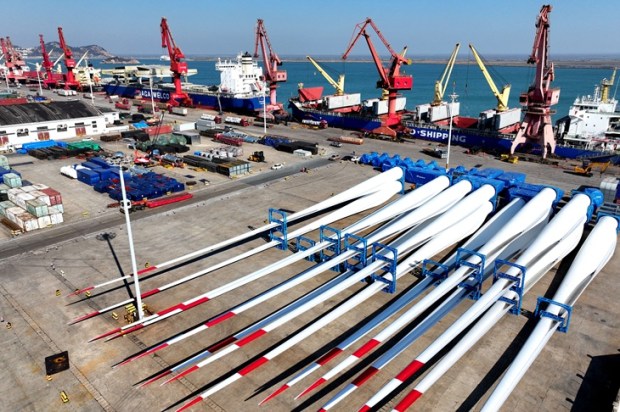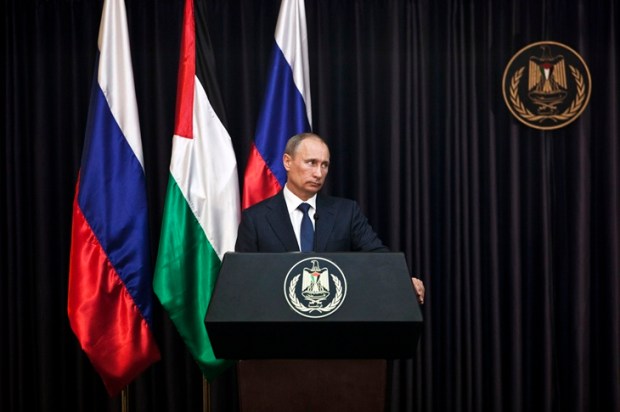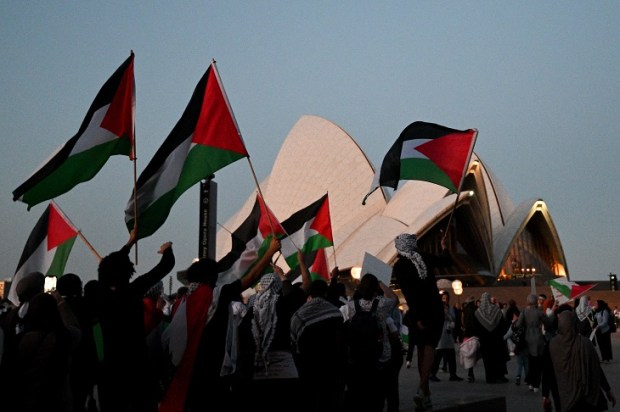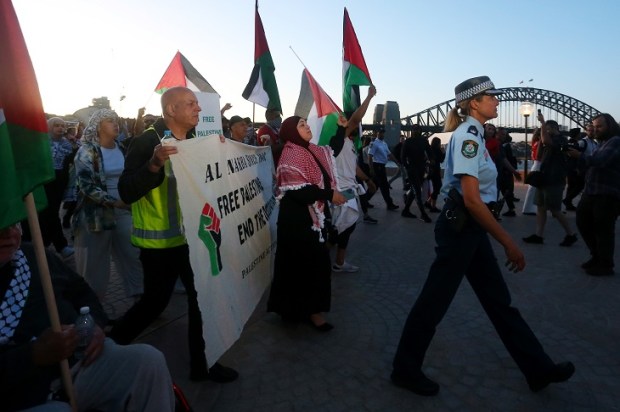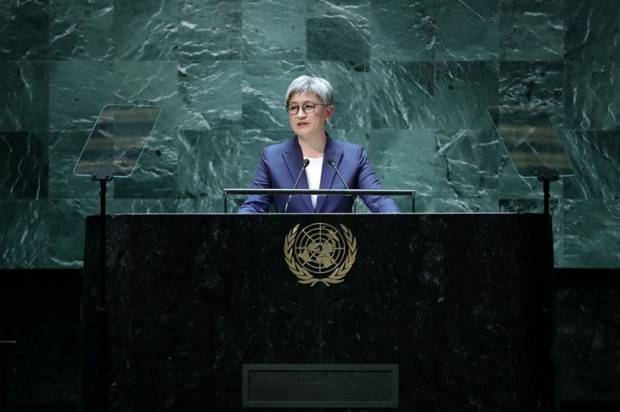I would not be surprised if a Nazi sympathiser or member of a neo-Nazi gang were to issue a statement distancing themselves from Hamas. It might read something like this: ‘While we applaud the intent to eradicate the Jews, we thoroughly disapprove of the ultra-sadistic and chaotic savagery that is the Hamas trademark. Besides, their methods are too time-consuming and slapdash. They don’t even keep records… That’s not how these things are done.’
No. On the morning of January 20, 1942, in a villa on the Großen Wannsee in Berlin, leading members of the Nazi regime came together. SS, Reich Chancellery, ministries, police, and the administration. Reinhard Heydrich had invited them to a ‘meeting followed by breakfast’. This meeting would go down in history as the ‘Wannsee Conference’. The sole topic on the agenda that morning was what the Nazis called the ‘Final Solution to the Jewish Question’: the organisation of the systematic mass murder of millions of Jews throughout Europe.
The 2020-21-produced film, The Conference, follows the minutes of this meeting as recorded by Adolf Eichmann, of which only one copy remains and which is a key document pertaining to the Holocaust.
The film’s executive producer, Oliver Berben, said at the time (that was five years ago but could have been today) that, ‘…open and latent antisemitism is once again on the rise in large swathes of society. Many people in our country are indifferent to this development. The film The Conference aims to give all people in Germany and beyond the opportunity to experience how words can become deeds and how we must all remain vigilant. The struggle against antisemitism, racism and all forms of marginalisation is the citizen’s first obligation.’
Writing in the background notes to the film, Head of Editing Frank Zervos and Editor Stefanie von Heydwolff explain how that mass murder should have served as a warning.
‘In The Conference, the protagonists of the film represent all the areas of the Nazi state apparatus responsible for the organisation and coordination of the mass murder which had already been decided and was underway. Therefore, the event is shown for exactly what it was: an objective, matter-of-fact bureaucratic act, the veiled language of which makes the horror even more inhumane. What has been created is a Kammerspiel, an intimate play which retells with brutal and nightmarish honesty the story of an historical event, which led to the most horrifying crime in human history.’
Until now, that is.
‘This mass murder, which was managed from a desk, is even more disturbing when one tries to understand the mechanisms that were behind the meeting. It was about the distribution of power, the securing of competencies and the bundling of interests. Hanging over all the participants, the office holders and those in uniform, was the fear of being passed over and of losing power. The murder of millions of people on an industrial scale was reduced to an administrative act to serve their own career ambitions. A topic of huge and universal importance – to be memorialised, remembered and to serve as a warning.’
Screenwriter Magnus Vattrod gets to the heart of what this essay is trying to say when he writes:
‘For me, our film is an attempt to get closer to what was discussed in January 1942 on the Großen Wannsee, on the basis of what was later recorded by Eichmann in the minutes of the meeting, in his dry, disconcertingly technocratic language. It is an attempt to make the banality of this evil tangible. The normality of the conference, with its minor disputes around responsibilities and powers and vanities, these bureaucratic quibbles. The normality of the perpetrators.’
In cold blood, sitting around a conference table, bureaucrats and army officers sent millions of Jews to their death. Out ‘in the field’ there were individual acts of terrible violence against Jews, but as my imaginary Nazi might say today, ‘We did gas the Jews, and that was an efficient and humane way to deal with them, not like the sadistic Hamas.’
Vattrod makes an excellent point when he writes:
‘In the language of the Nazi functionaries, people are “deported” and “evacuated”, they are “loaded in wagons”, “specially treated”, places become “Jew-free”. People become a “race-hygiene problem”, that one can solve, a “Jewish question”, that one can answer logistically, organisationally, industrially. It is a language full of euphemisms and numbers, that suffocates all empathy, indeed that is its aim. Language that degrades, excludes, that makes murder banal – and not least, as a result of all this, gives all the perpetrators and followers the opportunity to not feel like perpetrators, but like “respectable Germans”.’
That underlines the difference between Nazis and Hamas. The latter gorges on sadism while murdering Jews. They are proud to be perpetrators, write home about it, tell the world about it, laugh at the suffering … it is an ancient hatred, carrying all the ingredients of ancient hatreds, from barbarism and sadism to the urge to disfigure, dismember and deny the dignity of their victims. They use no euphemisms.
Hamas is the barbaric arm of the Palestinians, 70 per cent of whom voted for Hamas to lead Gaza. (That may not persist today…). In this context, heartfelt concerns for their welfare seems like a misunderstanding of reality. Hamas want Jews dead. They resent their neighbour, Israel, and teach their children to hate Jews. Did they show concern for the victims of the October 7 savagery?
Two-state solution anyone?
In boasting how they will ‘recognise’ the (non-existent) state of Palestine at the September UN General Assembly, the leaders of robustly anti-Israel Australia, the UK, France, and Canada could have wanted to take a seat at the Wannsee Conference – but would not be welcome. ‘We have standards…’


